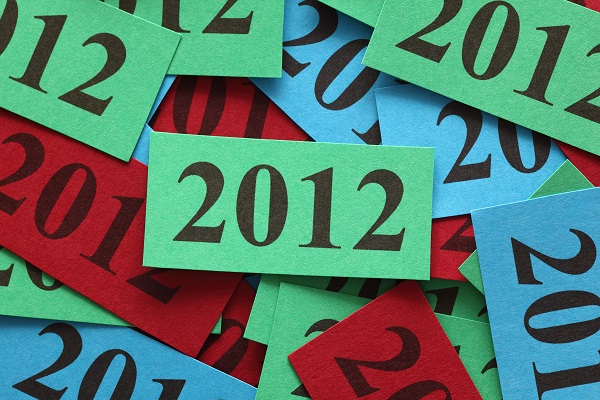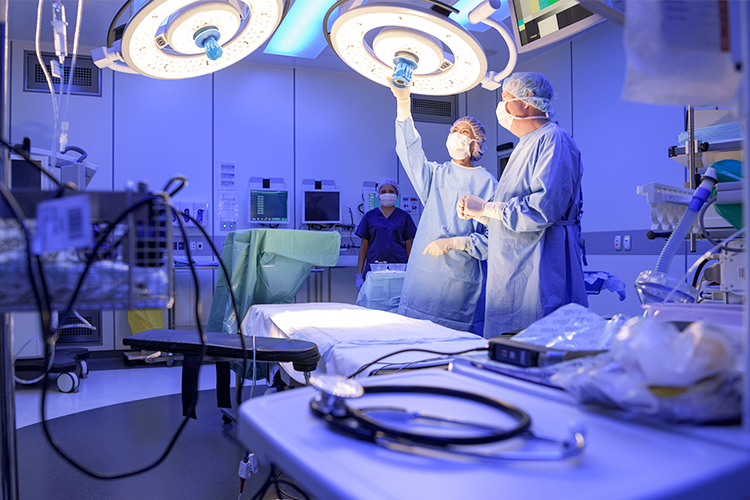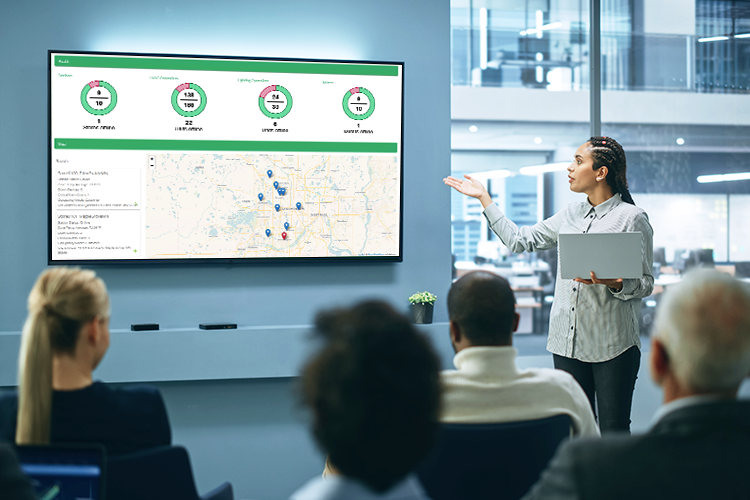2012: Year In Review
January 3, 2013
It’s January 2013. With the whole year in front of us, I can’t help but look back at the year that was 2012. Here’s a recap of what I think are some of the most significant happenings for the lighting industry in 2012:
1. LEDs surpassed fluorescents in efficiency.
While there were some LED lighting fixtures that achieved the 100 lumens per watt mark in 2011, a tidal wave hit this benchmark in 2012. It’s at this point LEDs sailed past their fluorescent counterparts in efficiency, even without factoring in luminaire efficiency of the fluorescent option. Until 2012 it was tough to make a compelling case to customers about why they should use LED. Despite features like easy maintenance, extended lifetime, cold environment operation and greater controllability, it took the raw wattage dropping below fluorescent to make this an attractive option to our customers, the majority who keep payback and total cost of ownership top of mind.
2. L70 lifetime usability rating left in the dust.
For many years L70 lifetime ratings were the standard for LEDs. While traditional lighting source lifetimes are based on lamp burnouts, LEDs don’t burn out. Their lumen output merely decreases over time. Up until 2012, the L70 rating was an effective measure of an LED product’s useful lifetime. How it worked: Say a fixture has a L70 rating of 80,000 operating hours. This means that at 80,000 hours the LED fixture will have 70% of its original lumen output. Recent LED and heat management developments dramatically increased the L70 rating of LED fixtures. These exponential increases in usable lifetime paved the way for fixture manufacturers to publish several new lifetime ratings in 2012. The first one that really grabbed my attention was the Lithonia IBL I-BEAM® LED High Bay replacement fixture. They published an L92 number of 60,000 hours—that’s 8% in depreciation over the first 60,000 hours of operation! Of course, my first question was, “What’s the L70 rating, then?” I was told that it was much higher than they cared to publish.
3. OLED goes from being “cool” to “usable AND cool.”
OLED has been on the minds of lighting designers for a handful of years now. The design opportunities are endless when it comes to flexible material that emits usable light. Until 2012, “usable” has been the problem. When it comes to efficiency, OLED fixtures have lagged LED fixtures by about 50%. Lighting designers’ other turnoff: OLED’s premium cost over LED, which already has a premium prices associated with it. I think we saw the first hints of what was possible at Lightfair 2011 and now we are seeing OLED fixtures hit the market. We still typically aren’t going to illuminate an entire building or space with OLED fixtures, but they can be a really nice statement piece to cap off a lighting design.
4. Price of rare earth elements flattens.
In 2011 the lighting industry experienced a rare earth metal crisis. The price of fluorescent lamps increased quickly, in some cases by as much as 70%. There was much speculation: Some people thought price would come down and many thought it would continue to rise until new mines opened in a few years. With market share already under pressure from LEDs’ lowered costs and increased efficiencies, it was important for fluorescent not to go the opposite direction with continually inflating costs. The increases in price eventually leveled off in 2011 and didn’t increase much in 2012.
5. The lines between component suppliers and fixture manufacturers blurred.
As LEDs have become more viable for general lighting, we’ve seen component suppliers and fixture manufacturers look at each other like the people in those old Reese’s “Chocolate and Peanut Butter” commercials. Big industry players like Phillips and Cree made noteworthy acquisitions in years past. But in November we saw a shift in strategy for one of the industry’s biggest players, GE. The company made its first lighting-related acquisition in recent memory with the purchase of Albeo Tech, an LED high bay fixture manufacturer. These unions make sense for a number of traditional component suppliers given the entire system involved in a LED fixture (LEDs, driver, heat sink, optics, housing, etc.) and the tight fixture development cycles that an ever-improving technology like LED requires.
6. LED Certifications getting standardized.
As LED solutions have become more mainstream, utilities have followed suit by offering, sometimes quite large, rebates for LED replacement lamps and LED fixtures. Much in the same way the CEE1 Commercial Lighting products list has been a di facto standard for several years for fluorescent fixtures, many utilities have adopted Energy Star and Design Lights Consortium as a requirement for their LED rebates. Energy Star is a standard that many of you probably recognize. They’ve been certifying household appliances, building materials, and electronics for many years, as well as light bulbs. There are many great LED replacement lamps, but unfortunately there has been a lot of junk trying to undercut the price of the quality products. With LED replacement lamps, utilities are relying on the Energy Star list to ensure they are incenting the quality products. LED light fixtures have suffered from the same price undercutting issue, so for full fixtures many utilities are using the Design Lights Consortium Qualified Products List to verify the specifications of the fixtures their customers are installing.
So this is the easy part—recounting what has already happened. Stay tuned as I look into the future and make my lighting industry predictions for 2013. Happy Holidays!
Tony Johnson is Energy Management Collaborative's Technology Manager. In this role he combines his background in lighting & controls design and solid state light fixture design with his expertise in energy savings to evaluate emerging technologies for EMC customers.


